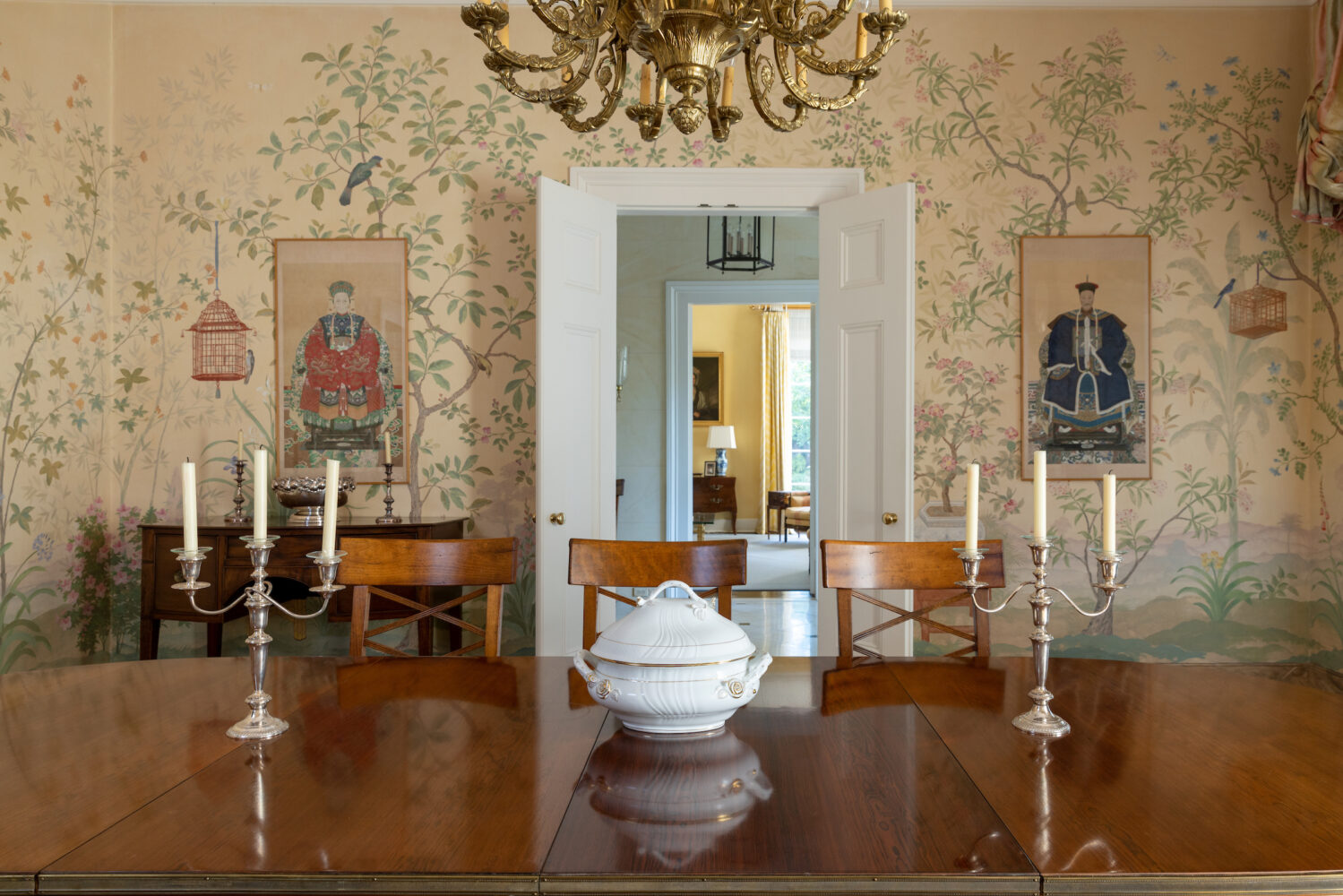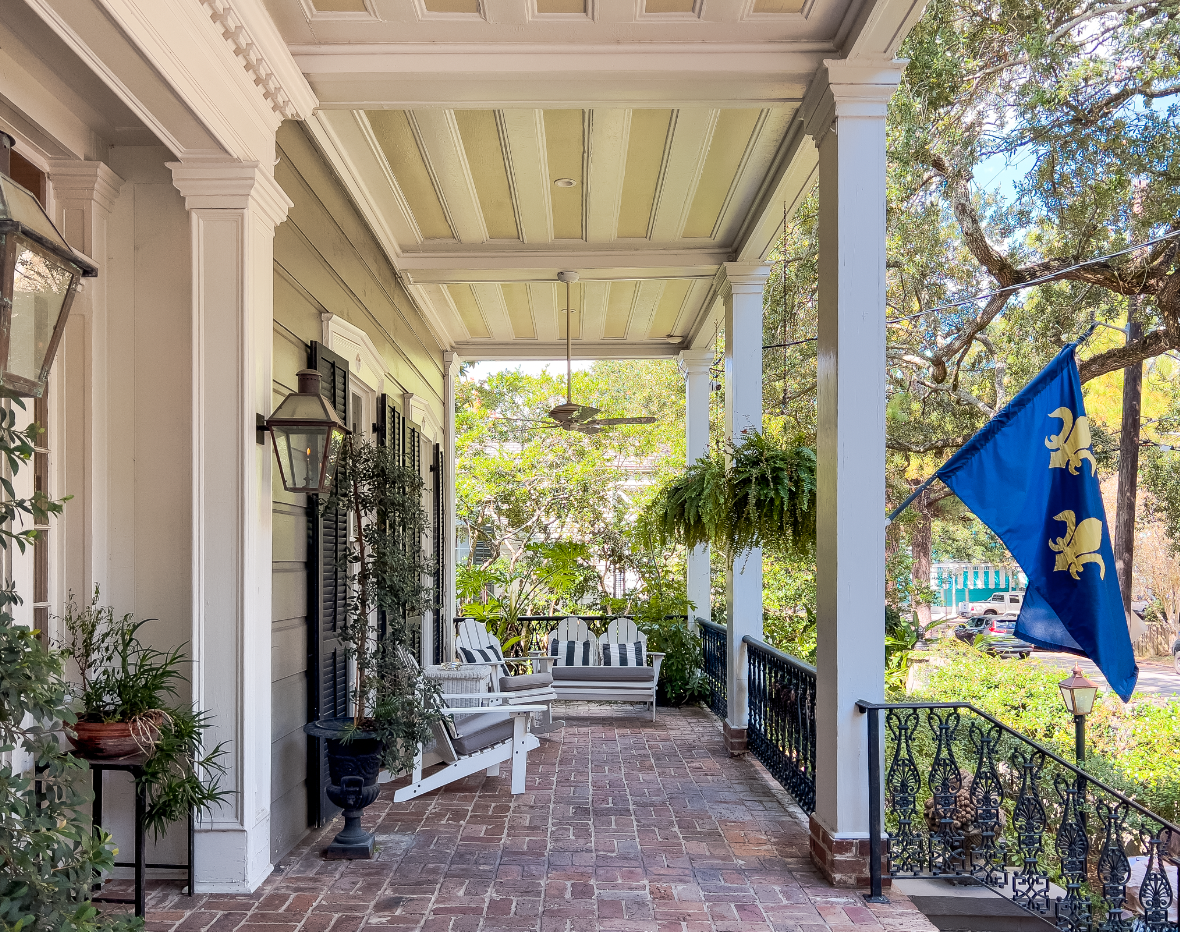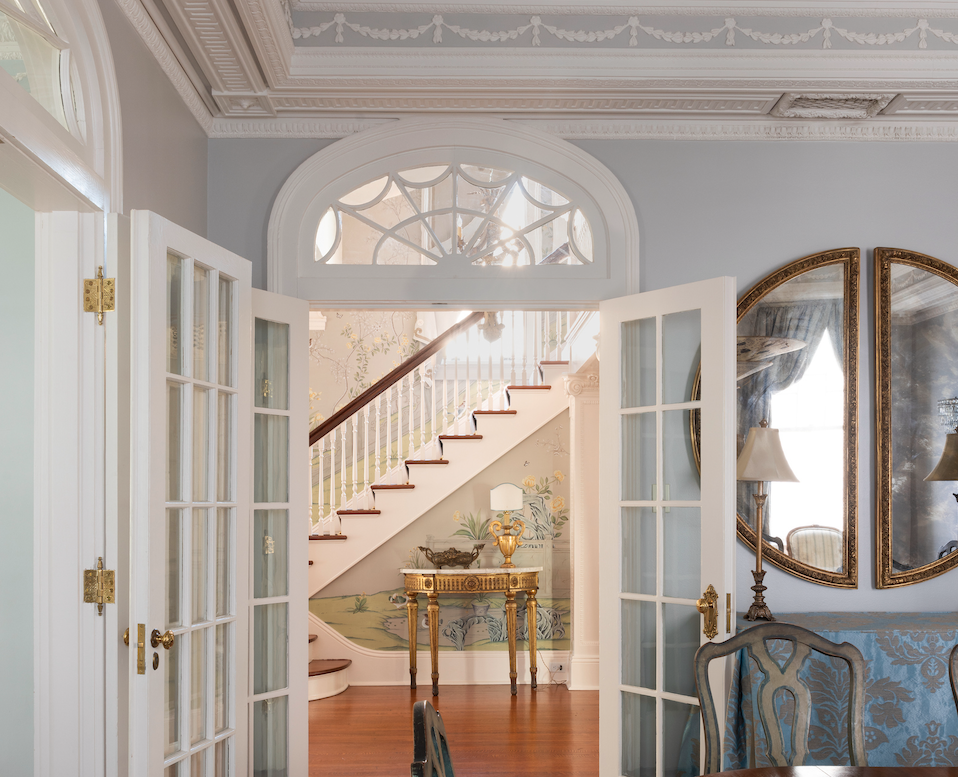The “Thomas-Gilmour” or “Thomas-Parker” House was originally designed and built by Architect Isaac Thayerfor Thomas Corse Gilmour and his wife, Anna, in 1853. It was the first asymmetrical, and one of the earliest examples of, Italianate architecture in the city of New Orleans. In 1882, John Milliken Parker Sr., and his wife, Roberta Buckner Parker, bought the house. They expanded the house between 1897 and 1899, adding a dining room extension with bay windows and a rear hallway as well as replacing the original staircase with an Eastlake-style staircase. Their son, John Milliken Parker, Jr., who served as Governor of Louisiana from 1920-1924, would later entertain his hunting companion, Theodore Roosevelt, in the house.
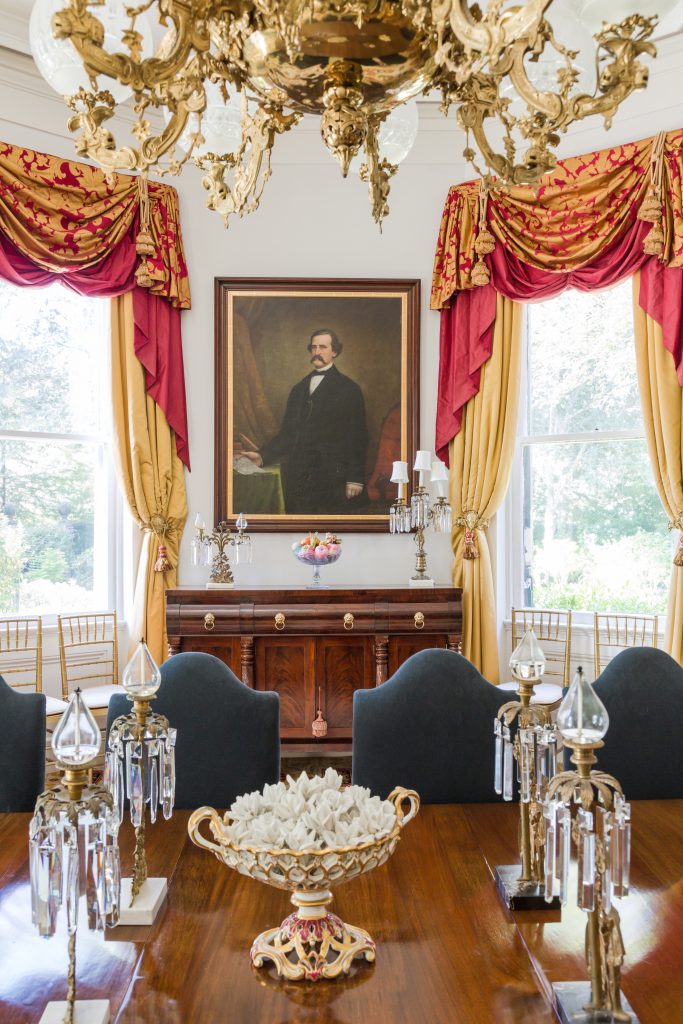
Displayed in the parlor are portraits of Mrs. Christovich’s great uncle, Richard Stalder, painted in the 1870s, and her great-great grandfather, Touissant Joseph Mossy, painted in the 1820s.
The current owner, Mrs. Mary Louise Mossy Christovich, has nicknamed the house “Mrs. Parker’s House” after the home’s most “dramatic owner.” When Mr. and Mrs. William K. Christovich purchased the house in 1985, they moved from a modern-style home in Lake Vista with contemporary furnishings that would not suit the 19th-century home. The couple hired Samuel Wilson Jr. of architectural firm Koch & Wilson to restore 2520 Prytania St. to its original grace. A screen of columns was installed to separate the entrance hall from the rear hallway and the Eastlake staircase was replaced with a period-appropriate staircase.
Ms. Christovich engaged in what she calls an “intellectual exercise,” furnishing the home in a manner that would “evoke the 19th century.” Co-author of the New Orleans Architecture book series (with Roulhac Toledano), Christovich was able to draw on her expertise in architecture, design and interiors to outfit the home in a manner fitting of its vintage.
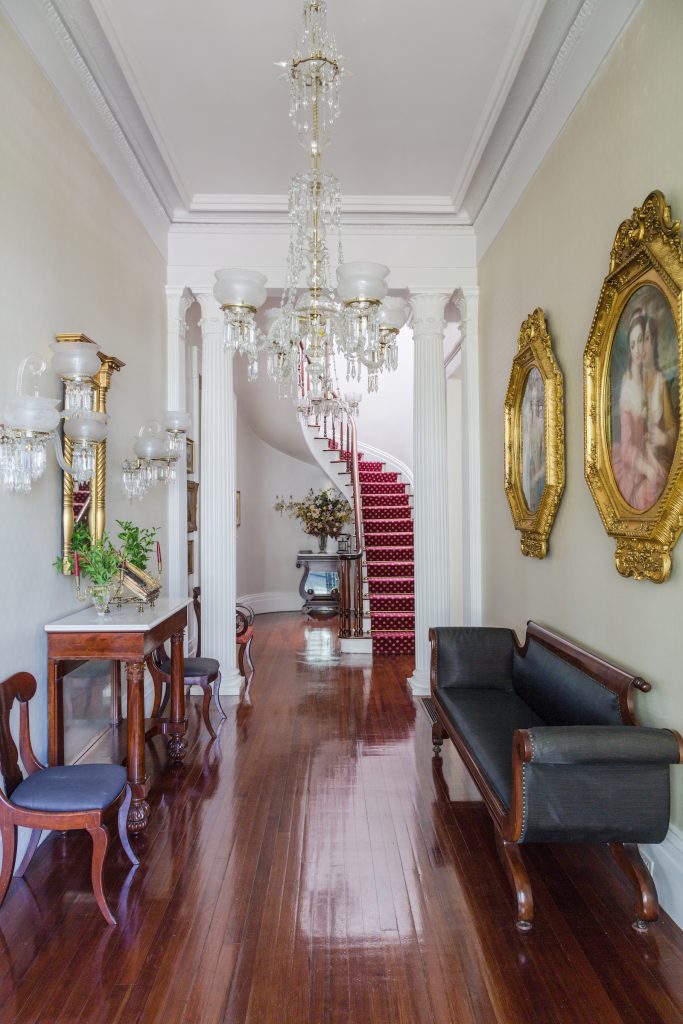
The entrance hall features chandeliers from circa 1850.
Stunning antiques and finishes are found throughout. The entrance hall features chandeliers from circa 1850, and displayed in the parlor are portraits of Mrs. Christovich’s great uncle, Richard Stalder, painted in the 1870s, and her great-great grandfather, Touissant Joseph Mossy, painted in the 1820s. The dining room chandelier is original to the home and was moved as part of the 1890s addition by Mrs. Parker. The parlor chandelier, circa 1860, hung for many years in a brothel in Mobile, Alabama, and was made in Philadelphia by Cornelius Baker. The late Victorian valances above the windows in the drawing room were installed in the 1890s by Mrs. Parker. In the dining room, the mahogany table is thought to have been made in New Orleans circa 1885 and the sideboard is American, circa 1840.
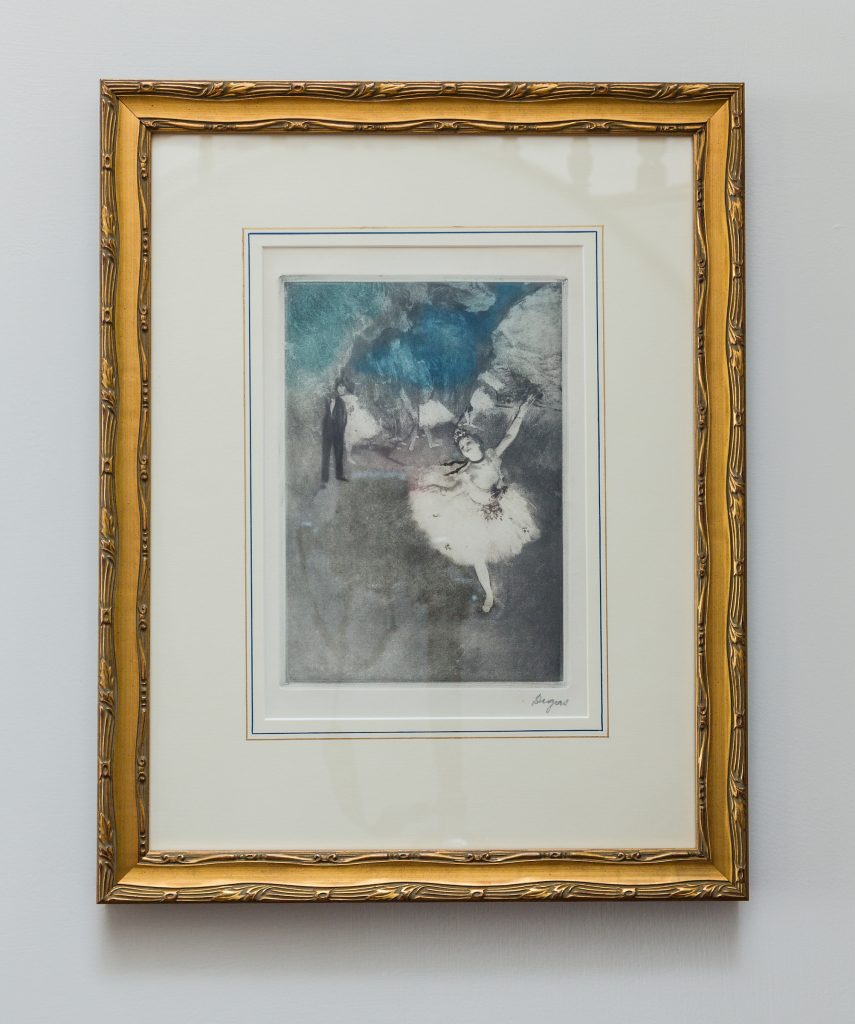
An impressive Degas piece on display.
Mrs. Christovich has co-authored and edited eight books on New Orleans architecture and design and is currently working on a new book about the gardens of New Orleans. She entertains her children, grandchildren and great grandchildren for Christmas and Thanksgiving every year, where the family has a sit-down dinner. She does not have a favorite part of the house but is partial to her deceased husband’s office, where there is a day bed she uses to rest. -Skye Sturlese Fantaci, Photos by Sara Essex Bradley
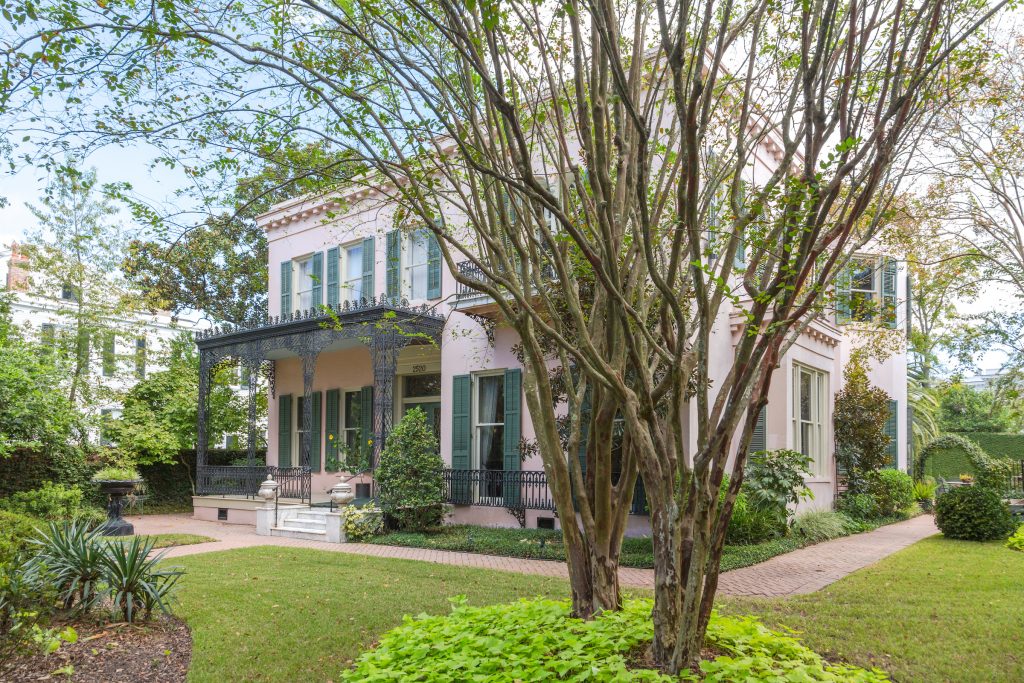
This home was the first asymmetrical, and one of the earliest examples of, Italianate architecture in the city of New Orleans.





